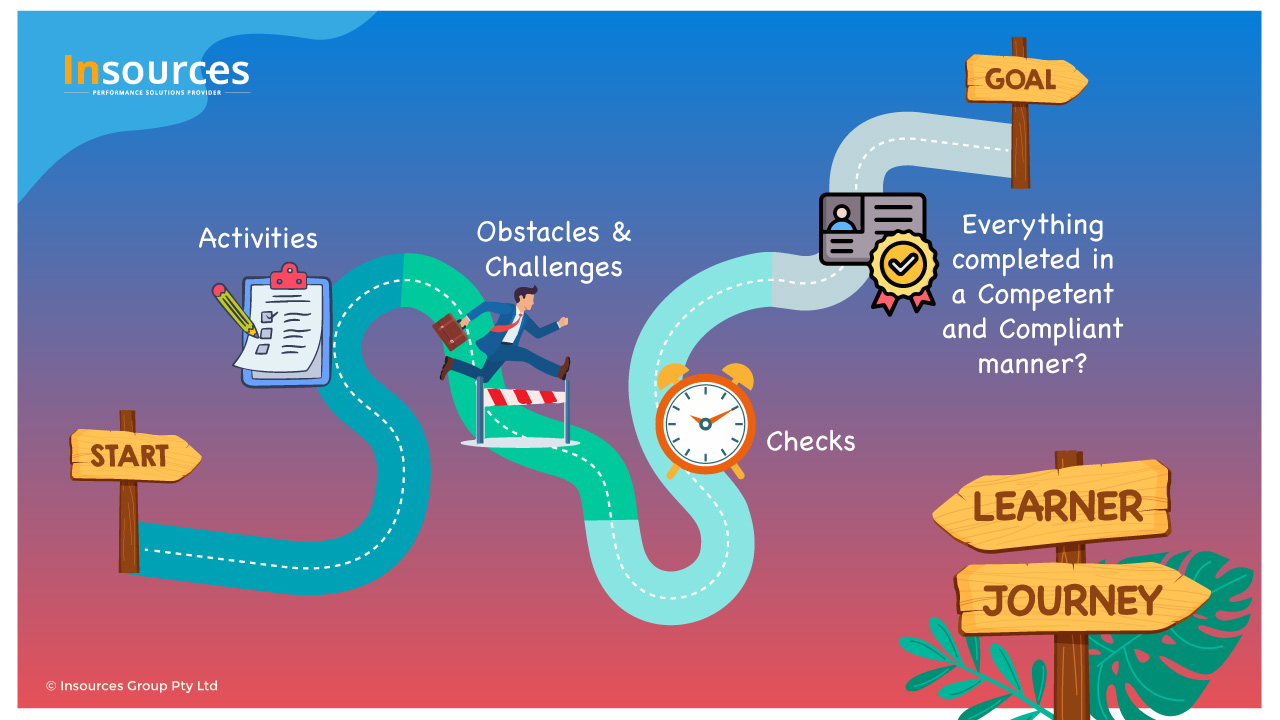The Standards for Registered Training Organisations (RTOs) are a set of principles designed to shape the unique characteristics of an RTO. Their application is paramount to safeguard the integrity of nationally recognised training.
These Standards are not steps, formulas or guidelines but are the essential characteristics of the VET system, as they ensure quality and industry responsive training outcomes.
The Australian Skills Quality Authority (ASQA) reported that 80 per cent of audited RTOs were initially assessed as not compliant, but 77 per cent of them achieved compliance status within 20 days after the initial assessment. ASQA concluded that based on its own experience, after three years regulating the VET sector, only 20 per cent of RTOs have adopted the Standards as a benchmark, while 60 per cent of RTOs find it difficult to meet the Standards, and 20 per cent were unwilling or unable to comply with them.
These statistics suggest that for an important number of RTOs (at least 60 per cent) training is needed. This major group of RTOs wants to accept the Standards, but seems to have difficulty understanding how to adopt them.
How the Standards affect the operations of an RTO will depend on how the principles are understood, including their characteristics, intention and purpose (the effect). When a training organisation applies for registration as an RTO, it is basically accepting the powers of the regulator to administer the consistent application of the Standards.
What type of training is required?
Interpreting principles and adapting them to different operational environments are “strategic skills” and must be treated as such. ASQA’s initial attempt to educate RTOs through 27 “interactive information sessions” is clearly the wrong approach to training strategic skills.
Firstly, the intention of those sessions was not clear. There was an agenda but no learning objectives. What were the application and impact objectives for this “training program”? Seems like ASQA’s instructional design for this program did not meet the Standards itself.
To illustrate this point, I refer to slide 6 of the Standards presentation, which states that “RTO objectives/business planning, and continuous improvement of client services…” “… are no longer required”. Really? Is that the intent of the Standards?
Are we going to achieve quality training and assessment practices, integrity for employment and further study, and ethical operations without objectives and planning, or continuous improvement of client services? Just this example shows that the analysis of the training session “content” was superficial.
As there was neither application, nor impact objectives, we will never be able to calculate the ROI on those sessions, or evaluate the program. Evaluating these events will have to be based on irrelevant input data about number of attendees, and perhaps cost – A cost that seems difficult to justify.
At this stage I wonder if ASQA has developed the structure and allocated the resources required to design, deliver, and evaluate its own training.
The training session I attended on 10 November at Doltone House, Sydney, was more like training for the sake of it, something Minister Ian Macfarlane wants to eliminate.
We need to review the strategy for ASQA’s educational functions now, before the trust of the regulator’s ability to deliver industry relevant training is compromised.





